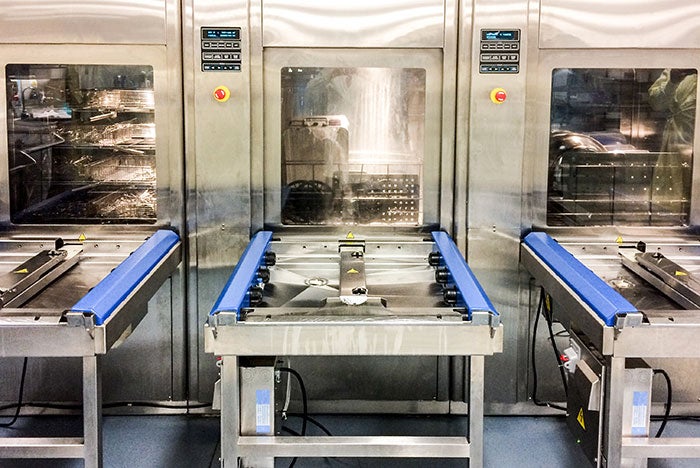Federal resources for water-conservation assistance
Water often takes a back seat to energy when it comes to resources, but there is a handful of great resources available for those looking for ways to reduce water consumption. While generally geared toward larger commercial facilities, the guiding principles of the following government-sponsored programs from the Environmental Protection Agency (EPA) and Energy Information Administration (EIA) can be applied to any facility that wants to save water.
EPA’s WaterSense Program. Much like Energy Star-rated appliances, WaterSense is a product labeling program and a resource for saving water. WaterSense products must demonstrate at least a 20 percent water reduction over similar products and applies to bathroom faucets, toilets, urinals, showerheads, irrigation controllers and prerinse spray valves. Not only does the WaterSense website make it easy to search for products certified under the program, but it also provides an immense amount of information on how buildings can save water beyond using certified products.
EPA’s “WaterSense at Work.” A comprehensive guide for water savings in commercial facilities, “WaterSense at Work” provides information on technology, operation, maintenance and user education. Going beyond the typical guidance, this resource includes options for retrofits and replacements, and calculations for potential water, energy, and dollar savings and payback periods. Facilities needing in-depth information on implementing water-efficiency measures should look here first.
Energy Information Administration. Water conservation can have a positive impact on a facility’s bottom line, but it’s difficult to set goals without knowing how other similar buildings are performing. The EIA’s Commercial Buildings Energy Consumption Survey (CBECS) started gathering water data in 2007 and officially reported water data for buildings first in its most recent report, CBECS 2012. CBECS is well-known in the energy industry as the standard reporting mechanism for energy-use intensity in different types of buildings. Now, with water-use intensity figures being reported, buildings can compare themselves against other buildings across the country.


